Tri-Paragon’s DCIM as a Service
Data Center Infrastructure Management (DCIM) software is quickly becoming the core engine of data center operations. Since the IT function is so vital to the success of any modern organization, improving productivity, efficiency and reliability of data center operations delivers an immediate competitive advantage to DCIM adopters.

Top Trends and Best Practices for Modern Data Center Management
Overview
Data center management is constantly changing to keep up with the ever-increasing complexity and the distributed nature of data center, edge, cloud, and lab infrastructure. Data center professionals must adapt to new trends, tools, and processes to achieve their goals of maintaining uptime, increasing the efficiency of capacity utilization and improving the productivity of people.
We are in a “new normal” of data center infrastructure management, and it is not just about the COVID-19 pandemic. Yes, the pandemic was a catalyst for many industry changes--specifically the need to manage data centers remotely--but ultimately, it only accelerated trends that were already underway.
Demand for digital services explodes. The pandemic drove most interaction with the outside world online, causing a dramatic spike in the utilization of server compute, storage, and network resources. Google’s Hangouts Meet platform saw its daily usage reach 25 times more than typical levels, Verizon reported that online gaming traffic surged by 75% in one week, Zoom saw a 2,000% increase in daily meeting participants, and Akamai saw a 50% increase in internet traffic. Given COVID-19’s impact on data centers, operators must find ways to quickly add capacity without experiencing downtime.
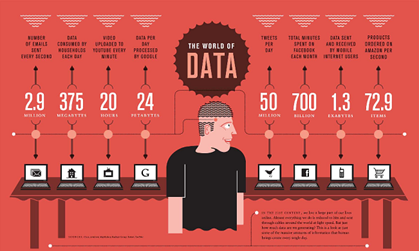
Work from home and minimal onsite staff. Social distancing and restrictions on the number of personnel that can be onsite at any time are now commonplace. Uptime Institute reported that 85% of data centers increased remote working and 77% reduced onsite personnel. These changes are here to stay, with 77% of data center owners planning to continue remote work for years to come. With physical access to the data centers extremely limited, data center managers are increasingly leveraging intelligent infrastructure and remote management tools to oversee their data centers from anywhere.
More complex and distributed data centers. While on-premises data centers still support the majority of workloads, that piece of the pie is shrinking. Alternative workload deployments look more attractive to organizations that seek flexibility, cost-effectiveness, and increased efficiencies. 70% of data center professionals reported to Service Express that disaster recovery and business continuity are the leading drivers of moving workloads off-premises. Organizations seek to mitigate risk from potentially uncertain global environments and to maintain operations in the face of vulnerabilities caused by COVID-19. Other motivating factors for migrations include lower capital costs, improved security, rapid capacity expansion, and infrastructure consolidation. The distributed nature of modern data center environments means operators must manage the assets, connections, power, and environment across many locations without the ability to go onsite.
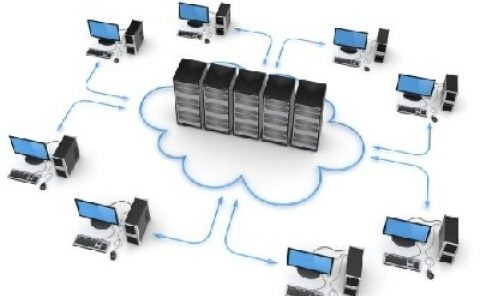
Large need for remote planning and collaboration tools. Improving internal processes and collaboration is one of the top priorities for data center managers in 2021. Since data center professionals are unable to go onsite, whether it’s because of COVID-19-driven restrictions or because the infrastructure is remote, there is a need for clear and concise visual instructions for smart hands. Work activity must be done accurately the first time to reduce the time spent in the data center, reduce the number of visits, and mitigate a leading cause of downtime: human error. To improve productivity and efficiency, remote data center teams must break down organizational domains and share a single source of truth via common views of remote data center management dashboards and reports that are updated and visible in real-time.
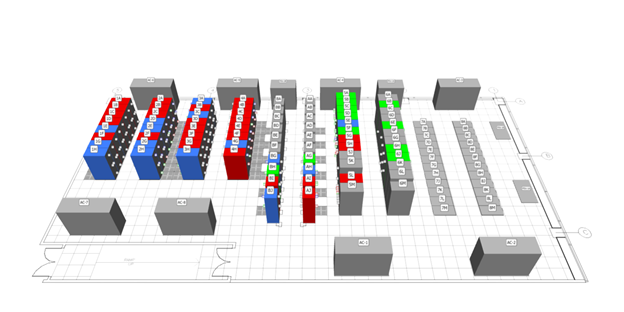
Increased focus on reducing costs and increasing efficiency. Total data center spending decreased in 2020 as economic uncertainty resulted in organizations pausing expansion plans and tightening budgets. While spending in 2021 is increasing, Service Express found that nearly half of all organizations’ top priority for the next 12 months is to reduce IT costs and improve efficiencies. For many, this is not an easy task, with nearly three-quarters of respondents reporting that their top challenge relates to budget and cost reductions. Consolidating data center footprints and moving from an on-premises to a hybrid cloud model are the leading initiatives organizations will take to save money. Tools that enable intelligent capacity planning of all space, power, cooling, and connection resources will be increasingly leveraged to improve the efficiency of capacity utilization.
Security remains important. Strengthening security and privacy is the number one priority for data center professionals going into 2021, according to Service Express’s survey. Organizations must remotely protect assets and data with tools that can manage and remotely control electronic door locks, watch real-time camera feeds, and provide real-time audit logs to ensure compliance with requirements and regulations.

Continued emphasis on sustainability. Global data center energy consumption is so massive, that if all the data center sites in the world were a country, they would rank as the 5th largest energy consumer. Yet, even with the incredible growth of global data centers in the past decade, actual data center energy consumption only increased by 6% because of the industry’s commitment to going green. In the new normal, organizations will continue to pioneer new ways to increase energy efficiency and meet sustainability goals while decreasing operating costs.
Given these trends, one thing becomes obvious: data center teams need tools that allow them to remotely manage their sites. Organizations understand this and are reallocating budgets and finding funds to implement tools like Data Center Infrastructure Management (DCIM) software. Data center professionals understand the additional efficiency and productivity DCIM software provides and are developing comprehensive remote data center management strategies to succeed in 2021 and beyond.
Consider the following DCIM shifts:
Rapid growth. According to Global Market Insights, the DCIM market is expected to reach $5 billion by 2026, growing at a CAGR of 23%. Data center spending is projected to rebound. Gartner projects that data center spending is projected to reach $200 billion in 2021, a 6.2% increase over 2020 spending. Remote data center management tools will account for a larger percentage than normal as organizations see the necessity.
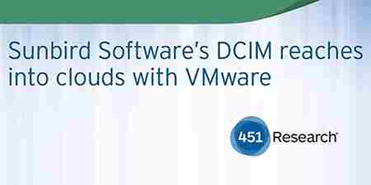
Capacity planning is more important than ever. Intelligent capacity planning is a must-have to keep up with increased demand. According to 451 Research, capacity planning is the number one feature driving DCIM adoption for half of all data center managers.
Remote management tools are no longer optional. Uptime Institute reports that 90% of data center operators plan to increase their use of remote monitoring and management tools. 73% plan to increase the automation of their facilities.
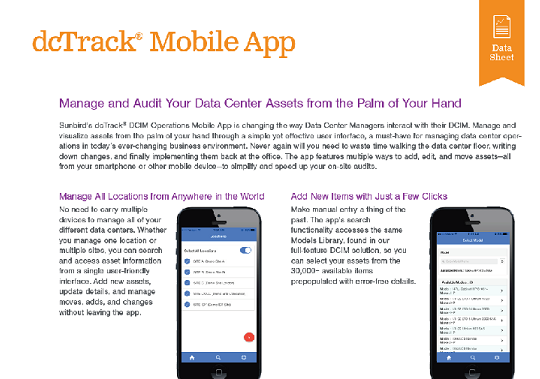
DCIM users have clear top objectives. In a survey by Sunbird Software, users reported that their top objectives for using DCIM software were to monitor and report power, energy, and environmental readings, plan capacity of space and power, and manage assets.
In the new normal, data center teams must maintain uptime, increase efficiency, and improve productivity with minimal personnel onsite and no visibility into what is happening in their environments. They face challenges that have made data center management more difficult than ever. However, the trends show that the industry is pivoting to a remote data center management model in which teams can plan capacity, track assets and connections, visualize sites in 3D, complete tasks without physical access, and collaborate around shared KPI's and dashboards regardless of where they or their sites are.
To learn more and to schedule a demo and receive an overview of Tri-Paragon’s DCIM as a Service using Sunbird DCIM Software click button below.






